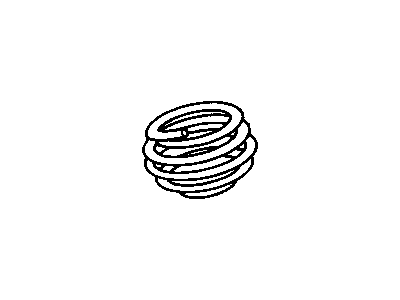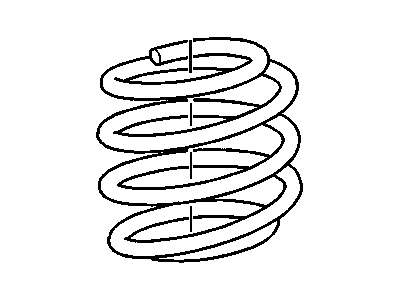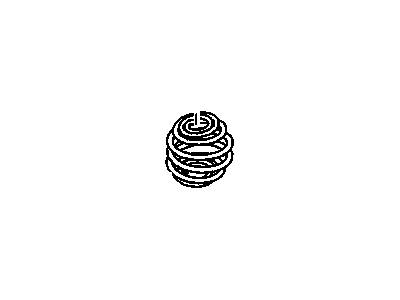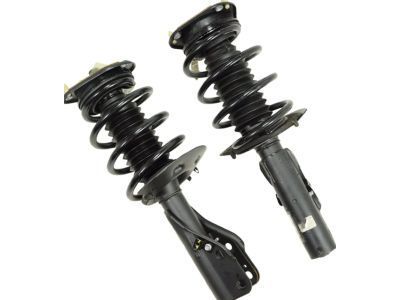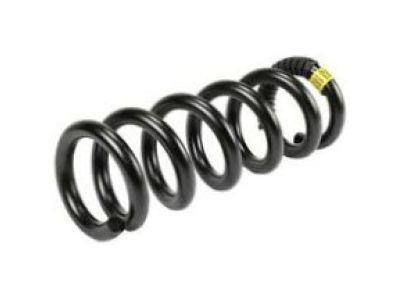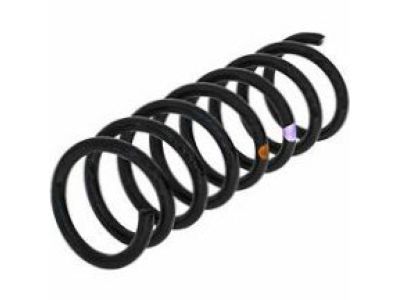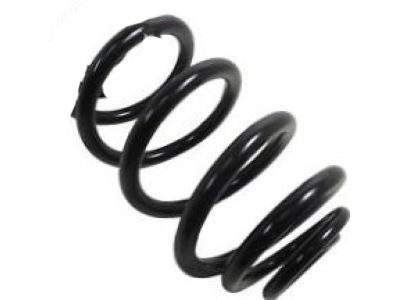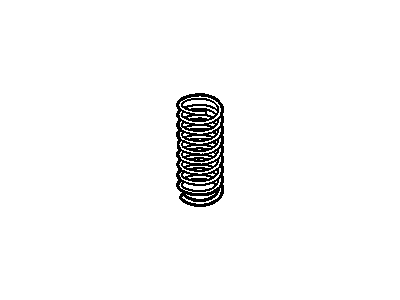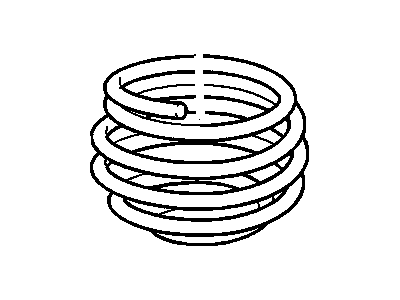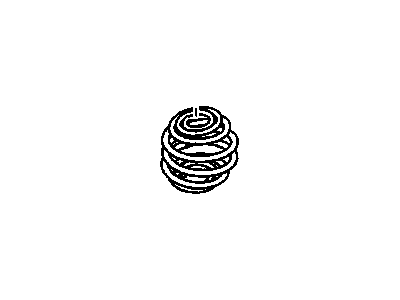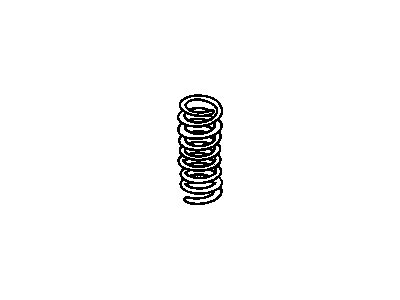
My Garage
My Account
Cart
Genuine Cadillac Deville Coil Springs
Strut Spring- Select Vehicle by Model
- Select Vehicle by VIN
Select Vehicle by Model
orMake
Model
Year
Select Vehicle by VIN
For the most accurate results, select vehicle by your VIN (Vehicle Identification Number).
43 Coil Springs found
Cadillac Deville Front Springs
Part Number: 22078113$65.60 MSRP: $90.19You Save: $24.59 (28%)Ships in 1-2 Business DaysCadillac Deville Front Spring
Part Number: 25768030$54.89 MSRP: $294.54You Save: $239.65 (82%)Ships in 1-2 Business DaysCadillac Deville Front Spring
Part Number: 25693387$199.29 MSRP: $359.08You Save: $159.79 (45%)Ships in 1-3 Business DaysCadillac Deville Front Spring
Part Number: 25693379$53.22 MSRP: $333.94You Save: $280.72 (85%)Ships in 1-2 Business DaysCadillac Deville Rear Spring
Part Number: 25731658$22.79 MSRP: $169.53You Save: $146.74 (87%)Ships in 1-2 Business DaysCadillac Deville Front Spring
Part Number: 25699277$79.25 MSRP: $335.28You Save: $256.03 (77%)Ships in 1-2 Business DaysCadillac Deville Front Spring
Part Number: 25693386$168.34 MSRP: $336.68You Save: $168.34 (50%)Ships in 1-2 Business DaysCadillac Deville Front Max Load 5410 Springs
Part Number: 22197592$47.35 MSRP: $84.93You Save: $37.58 (45%)
| Page 1 of 3 |Next >
1-20 of 43 Results
Cadillac Deville Coil Springs
Cadillac DeVille Coil Springs are components of the shocks of the vehicle as they keep force in between surfaces and between the vehicle and ground. These are the coil springs located on each wheel and their function is to store energy and recover the original size when it is no longer needed. They are essential when it comes to increasing performance while doing regular trips or other types of off road, differing by stiffness and the given travel. Cadillac DeVille Coil Springs mainly serve to support the vehicle weight, and to help in damping off the shocks that may result when a car is running over a bumpy terrain. These are universal mechanical apparatus produced from pliant material wound in the form of helical coil, and can be categorised into several classes including tension/extension springs, compession springs,volute springs, and arc or bow springs. Since a wheel's primary function is to support a vehicle's weight and maintain equilibrium, any problems such as impaired leveling and even possible fractures can be lethal when the vehicle is in motion.
Each OEM Cadillac Deville Coil Springs we offer is competitively priced and comes with the assurance of the manufacturer's warranty for the part. Furthermore, we guarantee the speedy delivery of your orders right to your doorstep. Our hassle-free return policy is also in place for your peace of mind.
Cadillac Deville Coil Springs Parts Questions & Experts Answers
- Q: How to remove the rear Coil Springs on Cadillac DeVille?A:To remove the 1999 Deville model, start by loosening the rear wheel lug nuts and blocking the front wheels. Then, raise the rear of the vehicle and support it securely on jackstands placed under the frame. Remove the rear wheels. If you're removing the left-side coil spring, detach the ELC height sensor link from the Control Arm. Install a suitable interior-style spring compressor through the bottom of the control arm and onto the coil spring, compressing it enough to relieve all pressure from the spring seats. Detach the rear stabilizer bar link from the control arm and the lower end of the Shock Absorber from the control arm, as well as the airline from the shock absorber. Place a floor jack under the inside edge of the control arm to support it. Paint alignment marks to indicate the position of the coil spring pigtail in the insulator slot. Remove the control arm pivot bolts and detach the control arm from the frame crossmember. Slowly lower the jack and remove the spring and insulators, carefully removing the spring compressor from the spring. For installation, replace any damaged or worn insulators and position them correctly in the control arm and upper body. Before tightening the control arm pivot bolts, raise the outer end of the control arm to simulate normal ride height. Tighten all suspension fasteners to the torque specifications and the wheel lug nuts as well. For the 2000 and later Deville/DTS models and all Seville models, the removal process is slightly different. Loosen the rear wheel lug nuts, raise the rear of the vehicle, and support it securely on jackstands. Block the front wheels and remove the rear wheel. Detach the stabilizer bar link from the control arm and support the lower control arm with a floor jack placed under the end of the control arm. Detach the shock absorber from the control arm and the toe link from the control arm. Slowly lower the floor jack until the control arm comes to rest against the suspension support, and then remove the coil spring. For installation, make sure the insulator is in place on the control arm when installing the coil spring. Ensure that the pigtail at the upper end of the spring is pointing to the rear for the left coil spring and forward for the right coil spring. Tighten all suspension fasteners to the torque specifications and the wheel lug nuts as well.
Related Cadillac Deville Parts
Browse by Year
2005 Coil Springs 2004 Coil Springs 2003 Coil Springs 2002 Coil Springs 2001 Coil Springs 2000 Coil Springs 1999 Coil Springs 1998 Coil Springs 1997 Coil Springs 1996 Coil Springs 1995 Coil Springs 1994 Coil Springs 1993 Coil Springs 1992 Coil Springs 1991 Coil Springs 1990 Coil Springs 1989 Coil Springs 1988 Coil Springs 1987 Coil Springs 1986 Coil Springs 1985 Coil Springs
